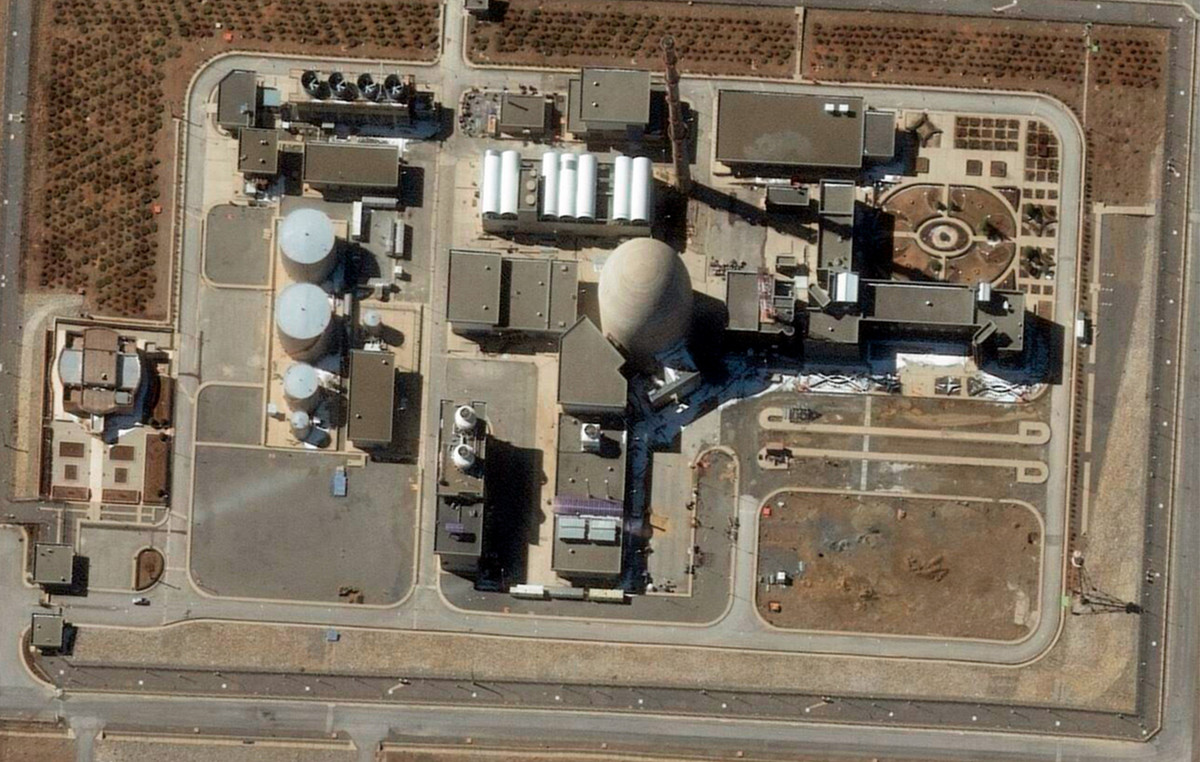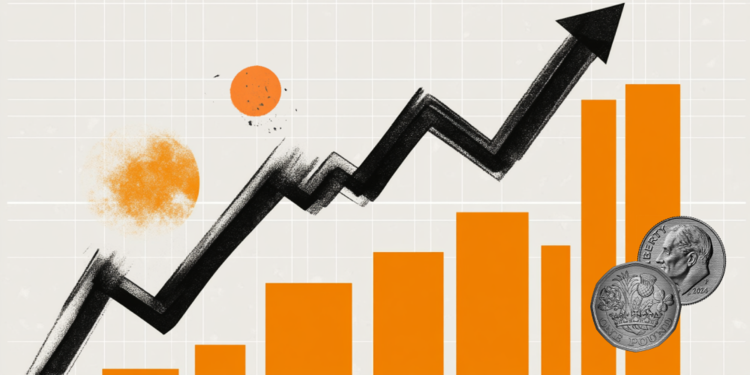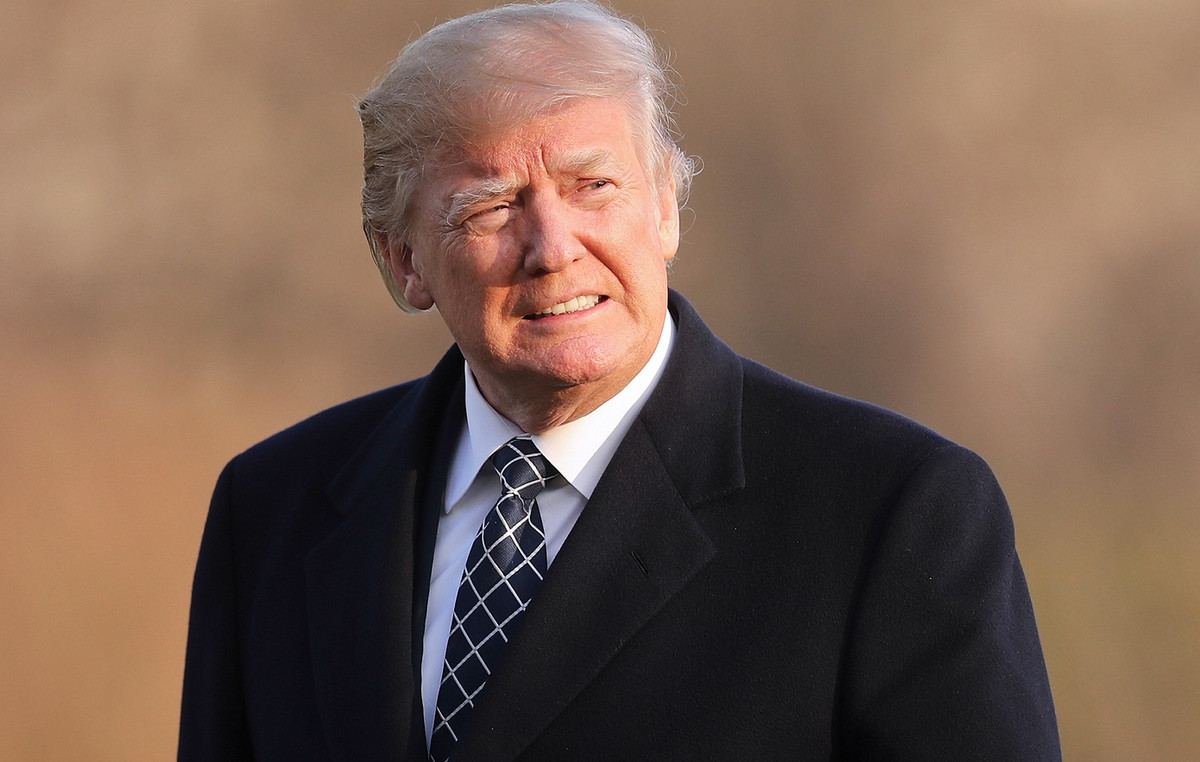- The European Central Bank will keep key interest rates unchanged following its July policy meeting.
- ECB President Christine Lagarde will be questioned about the possibility of a rate cut in September.
- EUR/USD nears fresh 2024 highs ahead of ECB policy announcements.
The European Central Bank (ECB) will announce its monetary policy decisions following its July meeting on Thursday at 12:15 GMT. ECB President Christine Lagarde will deliver a prepared statement on monetary policy and take questions at a press conference starting at 12:45 GMT.
What to expect from the European Central Bank’s interest rate decision?
The ECB cut key rates by 25 basis points (bps) following the June policy meeting, as expected. With this decision, the interest rate on the main refinancing operations and the interest rates on the marginal lending facility and the deposit facility were lowered to 4.25%, 4.5% and 3.75%, respectively. The rates are expected to remain unchanged following the July policy meeting.
In its June policy statement, the ECB reiterated that it would continue to follow a data-dependent, meeting-by-meeting approach to determining the appropriate level and duration of monetary tightening. The minutes of the meeting showed that some policymakers felt that the data available since the last meeting had not increased their confidence that inflation would converge to the central bank’s 2% target.
Ahead of the ECB meeting, Deutsche Bank macroeconomic analysts said they expect the Governing Council to keep policy settings unchanged, explaining:
“Our baseline scenario remains two more 25bp cuts in 2024, in September and December. A cut in September is not guaranteed. Recent data suggest that ECB staff need to revise up the near-term inflation outlook.”
Meanwhile, analysts at TD Securities say markets will focus on whether the ECB softens its tone ahead of an increasingly likely September cut, adding that they expect ECB President Lagarde to keep her speech “vague and noncommittal.”
How could the ECB meeting impact EUR/USD?
Ahead of the ECB meeting, the Euro remains strong, with EUR/USD trading at its highest level since March above 1.0900. The bullish action seen in EUR/USD, however, also appears to be driven by the broad-based selling pressure surrounding the US Dollar (USD) following soft inflation data for June, which fueled expectations of a Federal Reserve (Fed) rate cut in September.
ECB President Christine Lagarde is likely to avoid providing a clear answer if asked about the possibility of another rate cut in September. Unless the policy statement, or Lagarde, rejects this expectation, market positioning suggests that EUR/USD may struggle to gather bullish momentum, with investors already fully pricing in a Fed rate cut in September.
On the other hand, the Euro could come under downward pressure if Lagarde strikes an optimistic tone on the inflation outlook and/or expresses concerns about slowing economic activity in the Eurozone. Markets could view that as a signal pointing to another rate cut in September and cause EUR/USD to correct lower.
Eren Sengezer, Senior Analyst for the European Session at FXStreet, offers a brief technical outlook for EUR/USD:
“EUR/USD remains technically bullish in the short term, with the Relative Strength Index (RSI) indicator on the daily chart holding comfortably above 60. On the upside, 1.1000 (psychological level, static level) lines up as the next resistance. In case the pair manages to flip this level into support, it could stretch higher towards 1.1100 and touch a fresh 2024 high in the process.”
“If EUR/USD pulls back below 1.0900 and starts using this level as resistance, technical sellers could show interest. In this scenario, an extended correction towards 1.0800 (100-day and 200-day simple moving averages) could be seen. If this support holds intact, however, buyers could view this pullback as an opportunity to get back into the action.”
Related news
- EUR/USD rises as US Dollar falls, countdown begins for ECB policy
- ECB announcement preview: Dreaming of more data – Nordea
Interest Rates FAQs
Financial institutions charge interest rates on loans to borrowers and pay them out as interest to savers and depositors. These are influenced by base interest rates, which are set by central banks based on economic developments. Central banks are typically mandated to ensure price stability, which in most cases means targeting an underlying inflation rate of around 2%.
If inflation falls below target, the central bank can cut base interest rates, in order to stimulate lending and boost the economy. If inflation rises substantially above 2%, the central bank typically raises base lending rates to try to reduce inflation.
In general, higher interest rates help strengthen a country’s currency by making it a more attractive place for global investors to park their money.
Higher interest rates influence the price of Gold because they increase the opportunity cost of holding Gold rather than investing in an interest-bearing asset or depositing cash in the bank.
If interest rates are high, the price of the US Dollar (USD) usually rises and since Gold is priced in dollars, the price of Gold falls.
The federal funds rate is the overnight rate at which U.S. banks lend to each other. It is the official interest rate typically set by the Federal Reserve at its FOMC meetings. It is set within a range, for example 4.75%-5.00%, although the upper limit (in this case 5.00%) is the figure quoted.
Market expectations for the Federal Reserve funds rate are tracked by the CME’s FedWatch tool, which measures the behavior of many financial markets in anticipation of future Federal Reserve monetary policy decisions.
Source: Fx Street
I am Joshua Winder, a senior-level journalist and editor at World Stock Market. I specialize in covering news related to the stock market and economic trends. With more than 8 years of experience in this field, I have become an expert in financial reporting.







